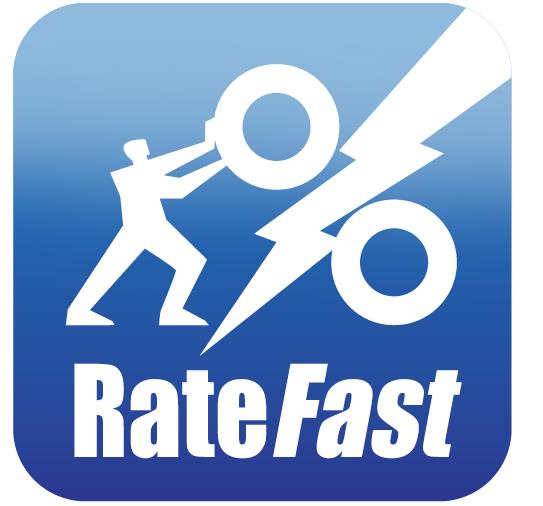Imagine This
An injured worker has a chemical exposure on the job to the left eye which results in redness burning of the eye with minor changes in vision acuity which corrected to normal (20/20) with lenses. Skin examination is clear. The employee is placed off work for three days for rest, prescription treatment and recovery.
In the interval of the following 72 hours, the employee develops a blistering rash limited to the 2nd branch (V2) of the trigeminal nerve, and is diagnosed with “shingles” by her primary care doctor, and placed off work for a week. The employee is not able to appear for follow up and a status check because the primary care doctor instructed her not to drive.
The employer’s insurance adjuster wants to know the work status at 73 hours. How does the managing industrial provider respond?
Answer
The correct response to the insurance adjuster is “Work status is unknown, pending additional clinical evaluation.”
The above scenario is difficult to navigate because an industrial event has a non-industrial overlay, making opinions on work status confusing. The key is to clearly separate the two events, and simply report the objective information available to the industrial medical provider to comment on the ability to work.
Remember, the answers to work status, when given limited medical information and clinical exam information is yes, no, or I don’t know. All are acceptable answers if the circumstances are clearly communicated to the employer and the insurance adjuster.
All three parties (employee, adjuster and employer) are anxious to understand their responsibilities in a situation such as this. Is the employee to be compensated with workers’ comp benefits or sick leave on a non-industrial basis? It’s an excellent question.
Epilogue
This particular case resulted in a follow up call to the employee from the industrial medical provider. At this discussion it was determined that the symptoms from the original chemical work exposure had not improved, and now additional overlay of the shingles causes a new set of symptoms and pain. It was carefully determined that the original symptoms have persisted, and the symptoms of shingles have now added an additional set of problems. The industrial medical provider outlined to the employer that the employee has persistent baseline symptoms that continue, despite the complication of the shingles. The employee was referred to an ophthalmologist on an industrial basis to investigate the ongoing complaints of the pain and redness, and to see the health plan ophthalmologist for shingles treatment recommendation.
Keeping a clear separation between industrial injury circumstances and non-industrial conditions is essential for clear and well reasoned management of work restrictions. Remember, everyone has a vested interest in honoring work restrictions and making reasonable accommodations available for the injured worker.







